The world of technology is moving fast in a digital age. It’s often hard to keep up with the tech-companies as they release models upon models. With the most (seemingly) innovative ‘gadget’ or ‘tech’ that’s in the market it is quite easy to get lost amongst the tech-talk. So, to make matters easy for you, here we try and breakdown the best smartphone cameras that have come to market between 2019 – 2020.
These reviews and comparison were done as of May 2020. Also, these come from the perspective of a photographer and filmmaker who focuses on ideas like resolution, quality of image, colour-science and video capabilities.
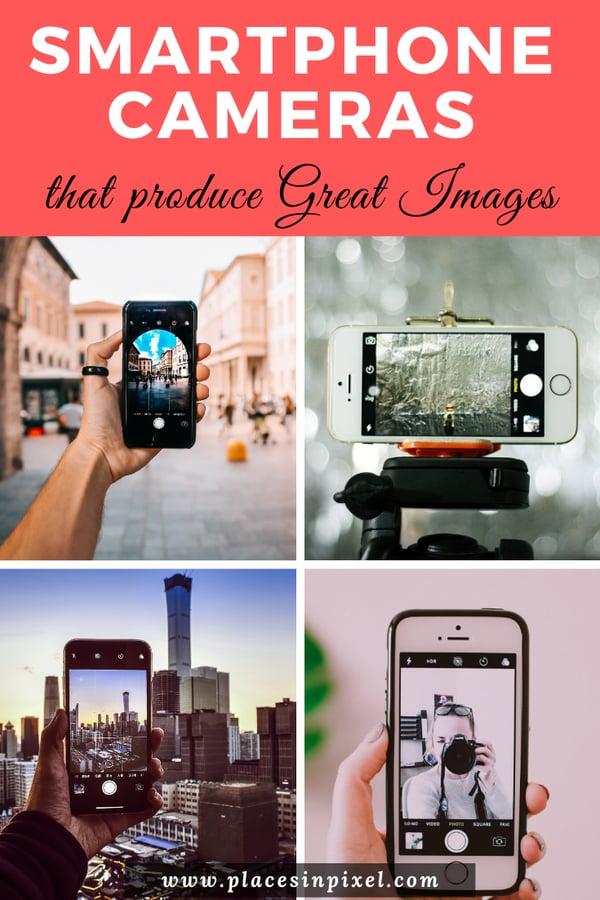
— Advertisement —
Best Smartphone Cameras that Produce Great Images
iPhone 11 Pro Max
The first phone I’m going to talk about is the Apple iPhone 11 Pro Max. The thing you first notice about this camera is that it has ‘three’ lenses which all have differing functionality.
All are 12mp cameras but each one has different aperture sizes, the primary lens at f.1.8, 26mm wide; the second lens with an f.2.0 aperture with a telephoto capability and a 52mm wide lens and finally a 2 x optical zoom lens at f.2.4 13mm ‘ultrawide’ lens.

The operating system that Apple has developed seems to work quite seamlessly with the iPhone 11 Pro Max and it’s known to be very good. It also has the functionality of an excellent ‘night mode’ vision with the camera. You also have all three lenses working together which are able to ‘compensate’ for the image, should you miss something in the shot.
If you’re framing for a specific image the other lenses will take some of that information and also record it as a compensation factor, so you can use additional imagery ‘just outside the frame’ and choose to ‘reframe’ when editing your pictures.
This technology is pretty well covered by the power involved with the A13 Bionic chip that’s in the phone; and it seems to be indicative of most smartphones having software technology to post-process the image before it gets saved to your photo library.
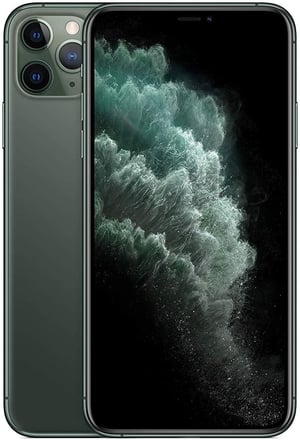
They have really prepped the iPhone 11 Pro Max with an abundance of features for photography including ‘night photography’ mode. It works by using all three lenses to make a ‘combined’ photograph of images which then result in better detail and more colour and light definition than you would just be using one basic lens. Additionally, the front-camera ALSO has better functionality and automatically adjusts its frame when focusing on a subject (for a selfie, for example); and it can reframe pretty well for ‘group selfies’ as well – making sure to get ALL the people in the frame. What’s even better though is that it has a slo-mo function for any ‘front-facing’ situations you might want to film, and the camera has been boosted from a 7mp camera to a 12mp camera as well!!!
Also, all cameras on the Pro Max take video at 4K at 60 fps, even the front-camera, which is remarkable for a camera on a phone.
All in all, the technology has been considered very well on this phone for video and photography. The pinch point is the pricing. While you can get similar function capability on the iPhone 11, meaning you can get similar functionality with a relatively-cheaper model than the iPhone 11 Pro Max – so consider your budget when purchasing.

ALSO READ:
? Best DSLR camera for travel photography
Huawei P40 Pro
Going straight in with the Huawei P40 Pro, the camera is one of its MAIN functionalities. While the phone ‘looks sexy’ it’s not the reason you’re reading this article. No? For the camera! And many camera gurus have already started rating it to be the best smartphone camera ever.
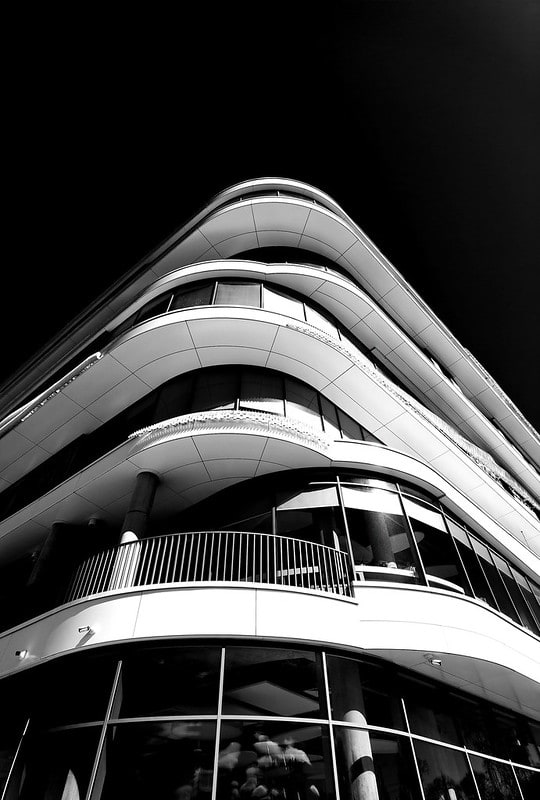
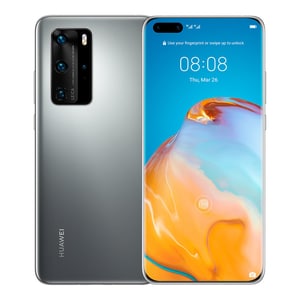
Let’s not beat around the bush, Huawei wanted to build the best Zoom camera and it seems they’ve done a great job with the Ultra Vision Leica Quad camera. They’ve improved the camera overall with a higher resolution sensor featuring new colour filters and new lenses. Don’t just take it from us, this is what, Gsmarena.com says,
‘The main ‘Ultra Vision’ camera now employs a new large 1/1.28″ 50MP Quad Bayer sensor, with an RYYB filter. The sensor is physically bigger than the Galaxy S20 Ultra’s 1/1.33″ 108MP imager. The same applies to the binned pixel size – 2.44µm vs. 2.4µm. The lens has a 23mm equivalent focal length and an f/1.9 aperture and it is stabilized. The RYYB colour filter has the green sub-pixels replaced by yellow ones. Huawei says yellow allows the sensor to collect up to 40% more light than the regular RGGB filters and this change should translate into better image quality in low-light.’

— Advertisement —
Samsung Galaxy S10 Plus
The Samsung Galaxy S10 Plus has brilliant features for a smartphone and it has three cameras on the back of the phone. A Wide-angle 12-megapixel (77-degree) lens, telephoto 12-megapixel (45-degree) lens, and ultra-wide 16-megapixel (123-degree) lens
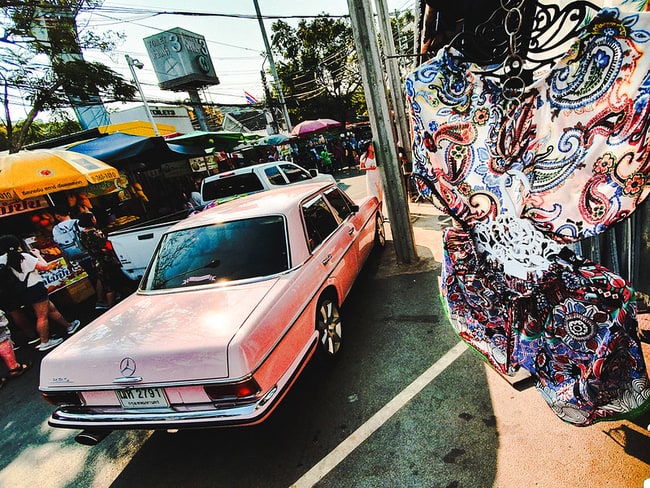
The standard camera is at f 1.5 in terms of aperture, the telephoto camera is at f 2.4 and the ultra-wide camera is at f 2.2. Both the standard and the telephoto camera are 12mp cameras and the ultra-wide camera is at 16mp – which is pretty good for a smartphone!
Experts (The Verge) say that it can overexpose for an image which means you will lose highlights and shadows and skin tone may be somewhat off; but the beauty of having the three lenses is that you’re essentially able to have a camera bag full of lense options in one smartphone (their words, not mine!)
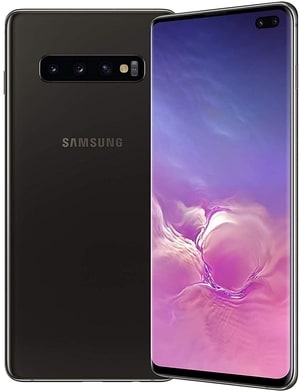
Another bugbear for some reviewers has been the ‘holepunch’ design of the front-facing camera on this phone, people seem to prefer a centralised ‘notch’ camera as opposed to one-off on the side and you can essentially hide the camera with a framing mechanism on the front side of the phone but I think all this is down to a subjective preference of look and feel.
Another aspect of the cameras is that you can shoot 4K 30fps and 60fps, and you also have a ‘stabilisation’ mode but that will lock you into 1080p for that functionality.

ALSO READ:
? Tips to enhance your travel photography
Xiaomi Mi Note 10
It would be wrong of me, if we’re pulling out cameras, not to mention the Xiaomi Mi Note 10. It has 5 … yep, FIVE cameras.

With a whopping 108mp camera as part of it’s package. Here are the specs:
- 108 MP (7P lens), f/1.7, 25mm (wide), 1/1.33″, 0.8µm, PDAF, Laser AF, OIS
- 12 MP, f/2.0, 50mm (telephoto), 1/2.55″, 1.4µm, Dual Pixel PDAF, Laser AF, 2x optical zoom
- 5 MP (upscaled to 8MP), f/2.0, (telephoto), 1.0µm, PDAF, Laser AF, OIS, 5x optical zoom
- 20 MP, f/2.2, 13mm (ultrawide), 1/2.8″, 1.0µm, Laser AF
- 2 MP, f/2.4, (macro), 1/5.0″, 1.75µm
And the video formats are equally impressive. Although it does not have a specific 4K; but it does offer these:
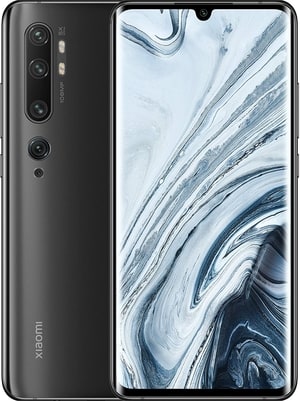
- 2160p @ 30 fps
- 1080p @ 30/60/120/240 fps
- 720p @ 960 fps
It can shoot super slo mo video in 1080p and super super slo mo in 720p; if that format is really needed or even used these days (*Shrugs)
It seems that the functionality of this particular smartphone camera compared to the iPhone 11 Pro is quite different; software functions in the camera cause a 1-sec lag in terms of post-processing the image as you take photos, so it’s not a seamless experience but overall, the ability to have a 108MP camera is a great thing to have with an effective price point.

— Advertisement —
Google Pixel 4 XL
And finally, the Google Pixel 4 XL – supposedly one of the best functioning cameras on the market.
Here’s the specs: A main camera – 12.2 MP, f/1.7 aperture, a telephoto camera – 16MP, f/2.4 aperture with 2X optical zoom & LED flash – Night Sight; Live HDR viewfinder; Super Res Zoom.
Plus Video recording formats at – 720p @ 240 fps, 1080p @ 120 fps, 2160p @ 30 fps. The Selfie cam has an 8MP f/2.0 aperture + ToF 3D sensor.

But how does it play out…
The advantage of the Google Pixel 4 cameras is that it has Live HDR (High Dynamic Range) and you can preview the shots as you’re about to shoot. It even has sliders in the user interface so you can work with the exposure and the contrast to take the perfect shot in Live View.
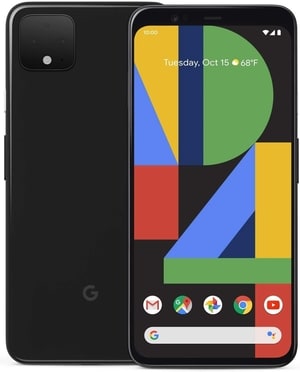
The Pixel also has a new feature, ‘astrophotography’ mode; which allows you to shoot starry night scenes with long exposures.
And in demanding HDR situations, the Pixel can overcompensate in shadows resulting in dull colours and noise’ says GSM Arena.
Anyway, find out for yourself; I personally think anything Google-related gets a ‘tick’ in my book and I always believe Google products are well priced, thought about and they are continuously trying to push the boundaries in terms of technology and usability.

Smartphones Cameras that we use
— Advertisement —
In the end…
As I’ve laid out, there’s a lot of fantastic phones out in the market and I’ve just covered the flagships. You can find good camera quality in relatively less-expensive phones these days. It must be said that with flagship quality comes flagship cost and you need to do your research before making a purchase. Buyer’s remorse is a terrible ailment to suffer!
This post was contributed by Rob Holder, the Director of Fable Studios – a video production agency in Bristol, UK.
Ref: [1]; [2]; [3]; [4]; [5]; [6]
placesinpixel.com is a participant in the Amazon Services LLC Associates Program, an affiliate advertising program designed to provide a means for sites to earn advertising fees by advertising and linking to amazon.com

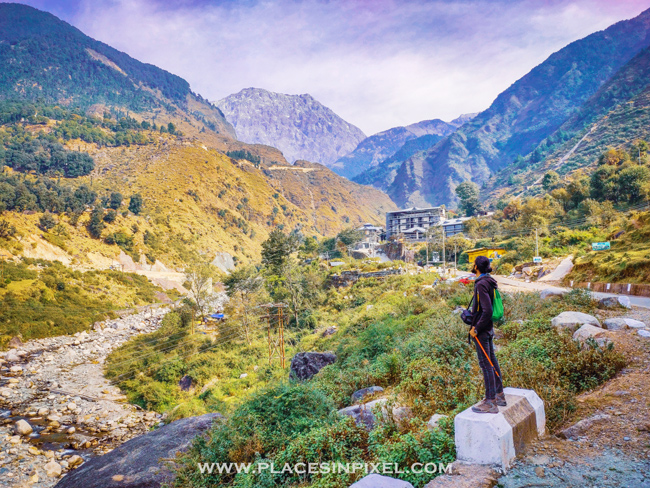
Hey nice article.
Thanks a lot, mere bhai 🙂
Hello, just wanted to mention, I enjoyed this article. It was practical.
Keep on posting!
thank you!